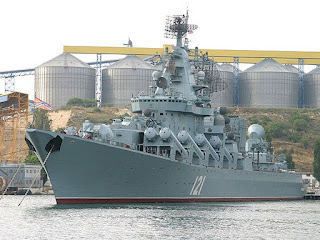Boosting its anti-submarine warfare capabilities, the Indian Navy today received its first of the eight P-8I maritime surveillance aircraft from Boeing.
India had signed a deal worth over USD 2.1 billion with the American firm in January 2009 for procuring eight P-8I long-range surveillance aircraft which are equipped with anti-submarine weaponry.
The first aircraft was handed over to Indian personnel by the Boeing company in Seattle, US and now it will be used for training the Indian Navy crew, Navy officials said here.
Boeing Poseidon P-8I on a Test Flight ( Image Courtesy - shelbs2.deviantart.com )
The aircraft along with two more will arrive in India in May next year and would be deployed at a naval base in Tamil Nadu, they said.
India is also looking at ordering four more such aircraft to keep an eye on its extensive maritime territory and for replacing and augmenting its existing fleet of Russian Tupolev-42 and Ilyushin-38 Sea Dragon aircraft.
It also plans to have six more medium range maritime reconnaissance aircraft. It operates the Dornier surveillance aircraft for short-range surveillance activities.
News Courtesy - economictimes.indiatimes.com





























